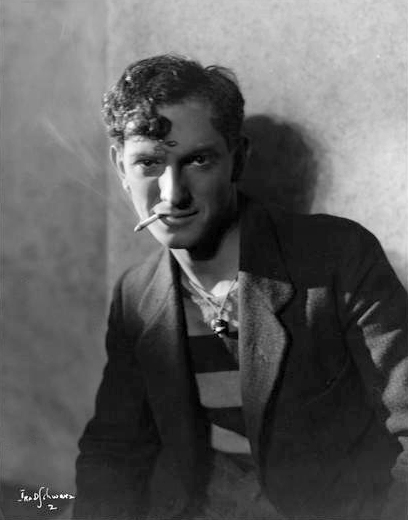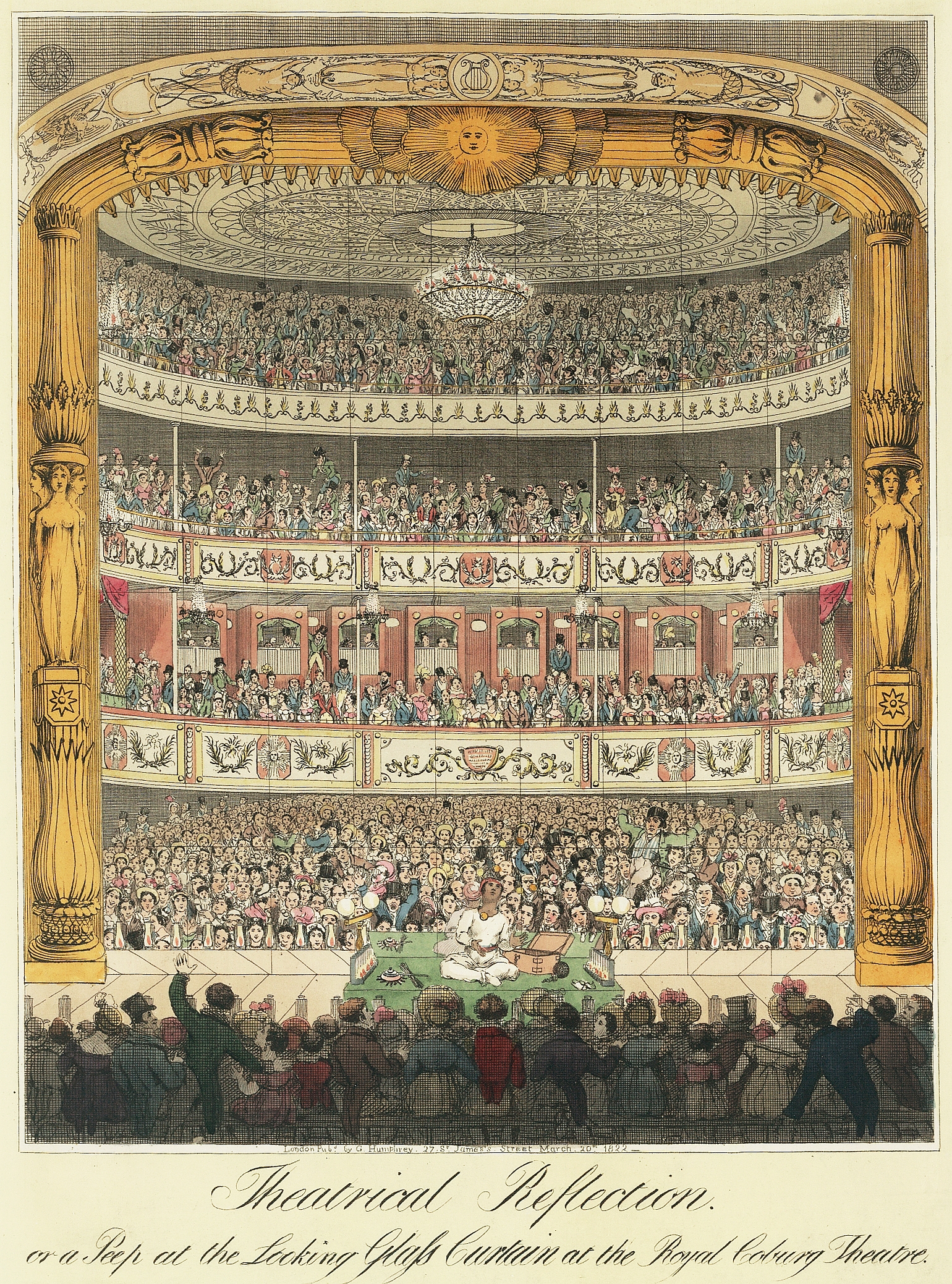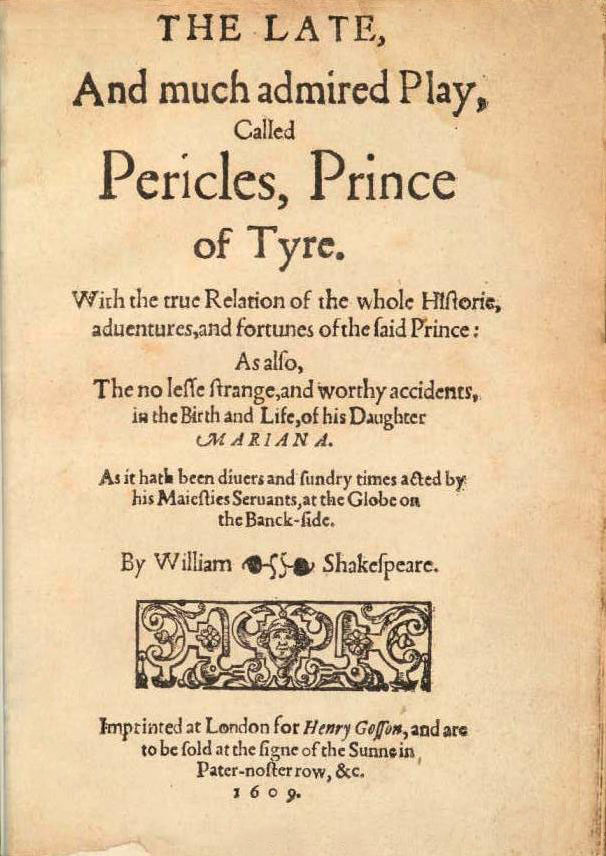|
1921 In Literature
This article contains information about the literary events and publications of 1921. Events *January 1 – The publishing firm Jonathan Cape is founded in Bloomsbury, London, by Herbert Jonathan Cape and Wren Howard. *February – Margaret Caroline Anderson and Jane Heap, publishers of ''The Little Review'', are convicted of obscenity in a New York court for publishing the "Nausicaa" episode of James Joyce's '' Ulysses''. *March – Jorge Luis Borges returns to his native Buenos Aires in Argentina after a period living with his family in Europe. *April 20 – The Hungarian Ferenc Molnár's play ''Liliom'' is first produced on Broadway in English. *May 9 – The première of Luigi Pirandello's '' Six Characters in Search of an Author (Sei personaggi in cerca d'autore)'' at the Teatro Valle in Rome divides the audience. *May – A production of ''Pericles, Prince of Tyre'' directed by Robert Atkins at The Old Vic, London, restores the unexpurgated text for the first time sin ... [...More Info...] [...Related Items...] OR: [Wikipedia] [Google] [Baidu] |
Liliom
''Liliom'' is a 1909 play by the Hungarian playwright Ferenc Molnár. It was well known in its own right during the early to mid-20th century, but is best known today as the basis for the Rodgers and Hammerstein 1945 musical ''Carousel''. Plot The play takes place partly in Budapest, Hungary, and partly in a waiting area just outside Heaven. The story concerns Liliom, a tough, cocky carousel barker who falls in love with Julie, a young woman who works as a maid. When both lose their jobs, Liliom begins mistreating Julie out of bitterness—even slapping her once—although he loves her. When she discovers she is pregnant, he is deliriously happy, but, unbeknownst to Julie, he agrees to participate with his friend Ficsur, a criminal, in a hold-up to obtain money to provide for the child. Liliom is unwilling to leave Julie and return to his jealous former employer, the carousel owner Mrs. Muskat, and feels that the robbery is his only way left to obtain financial security. T ... [...More Info...] [...Related Items...] OR: [Wikipedia] [Google] [Baidu] |
Women In Love
''Women in Love'' is a 1920 novel by English author D. H. Lawrence. It is a sequel to his earlier novel, '' The Rainbow'' (1915), and follows the continuing loves and lives of the Brangwen sisters, Gudrun and Ursula. Gudrun Brangwen, an artist, pursues a destructive relationship with Gerald Crich, an industrialist. Lawrence contrasts this pair with the love that develops between Ursula Brangwen and Rupert Birkin, an alienated intellectual who articulates many opinions associated with the author. The emotional relationships thus established are given further depth and tension by an intense psychological and physical attraction between Gerald and Rupert. The novel ranges over the whole of British society before the time of the First World War and eventually concludes in the snows of the Tyrolean Alps. Ursula's character draws on Lawrence's wife Frieda and Gudrun's on Katherine Mansfield, while Rupert Birkin's has elements of Lawrence himself, and Gerald Crich is partly based ... [...More Info...] [...Related Items...] OR: [Wikipedia] [Google] [Baidu] |
June 10
Events Pre-1600 * 671 – Emperor Tenji of Japan introduces a water clock ( clepsydra) called ''Rokoku''. The instrument, which measures time and indicates hours, is placed in the capital of Ōtsu. * 1190 – Third Crusade: Frederick I Barbarossa drowns in the river Saleph while leading an army to Jerusalem. * 1225 – Pope Honorius III issues the bull Vineae Domini custodes in which he approves the mission of Dominican friars to Morocco. * 1329 – The Battle of Pelekanon is the last attempt of the Byzantine Empire to retain its cities in Asia Minor. * 1358 – Battle of Mello: The peasant forces of the Jacquerie are crushed by the army of the French nobility. * 1523 – Copenhagen is surrounded by the army of Frederick I of Denmark, as the city will not recognise him as the successor of Christian II of Denmark. * 1539 – Council of Trent: Pope Paul III sends out letters to his bishops, delaying the Council due to war and the difficulty ... [...More Info...] [...Related Items...] OR: [Wikipedia] [Google] [Baidu] |
Dada
Dada () or Dadaism was an anti-establishment art movement that developed in 1915 in the context of the Great War and the earlier anti-art movement. Early centers for dadaism included Zürich and Berlin. Within a few years, the movement had spread to New York City and a variety of artistic centers in Europe and Asia. Within the umbrella of the movement, people used a wide variety of artistic forms to protest the logic, reason, and aestheticism of modern capitalism and modern war. To develop their protest, artists tended to make use of nonsense, irrationality, and an anti-bourgeois sensibility. The art of the movement began primarily as performance art, but eventually spanned visual, literary, and sound media, including collage, sound poetry, cut-up technique, cut-up writing, and sculpture. Dadaist artists expressed their discontent toward violence, war, and nationalism and maintained political affinities with radical politics on the left-wing and far-left politics. The movem ... [...More Info...] [...Related Items...] OR: [Wikipedia] [Google] [Baidu] |
The Gas Heart
''The Gas Heart'' or ''The Gas-Operated Heart''Johanna Drucker, ''The Visible Word: Experimental Typography and Modern Art, 1909–1923'', University of Chicago Press, Chicago & London, 1994, p.223. () is a French-language play by Romanian-born author Tristan Tzara. It was written as a series of non sequiturs and a parody of classical drama—it has three acts despite being short enough to qualify as a one-act play. A part-musical performance that features ballet numbers, it is one of the most recognizable plays inspired by the anti-establishment trend known as Dadaism. ''The Gas Heart'' was first staged in Paris, as part of the 1921 "Dada Salon" at the Galerie Montaigne. The play's second staging, as part of the 1923 show ''Le Cœur à barbe'' ("The Bearded Heart") and connected to an art manifesto of the same name as the latter, featured characteristic costumes designed by Sonia Delaunay. The show coincided with a major split in the avant-garde movement, which, in 1924, led ... [...More Info...] [...Related Items...] OR: [Wikipedia] [Google] [Baidu] |
Tristan Tzara
Tristan Tzara (; ; ; born Samuel or Samy Rosenstock, also known as S. Samyro; – 25 December 1963) was a Romanian and French avant-garde poet, essayist and performance artist. Also active as a journalist, playwright, literary and art critic, composer and film director, he was known best for being one of the founders and central figures of the anti-establishment Dada movement. Under the influence of Adrian Maniu, the adolescent Tzara became interested in Symbolism (arts), Symbolism and co-founded the magazine ''Simbolul'' with Ion Vinea (with whom he also wrote Experimental literature, experimental poetry) and painter Marcel Janco. During World War I, after briefly collaborating on Vinea's ''Chemarea'', he joined Janco in Switzerland. There, Tzara's shows at the Cabaret Voltaire (Zürich), Cabaret Voltaire and Zünfte of Zürich, Zunfthaus zur Waag, as well as his poetry and art manifestos, became a main feature of early Dadaism. His work represented Dada's Nihilism, nihilistic ... [...More Info...] [...Related Items...] OR: [Wikipedia] [Google] [Baidu] |
June 6
Events Pre-1600 * 913 – Constantine VII, the eight-year-old illegitimate son of Leo VI the Wise, becomes nominal ruler of the Byzantine Empire under the regency of a seven-man council headed by Patriarch Nicholas Mystikos, appointed by Constantine's uncle Alexander on his deathbed. * 1505 – The M8.2–8.8 Lo Mustang earthquake affects Tibet and Nepal, causing severe damage in Kathmandu and parts of the Indo-Gangetic plain. * 1513 – War of the League of Cambrai: In the Battle of Novara, Swiss troops defeat the French under Louis II de la Trémoille, forcing them to abandon Milan; Duke Massimiliano Sforza is restored. * 1523 – Swedish regent Gustav Vasa is elected King of Sweden and, marking a symbolic end to the Kalmar Union, 6 June is designated the country's national day. 1601–1900 * 1654 – Swedish Queen Christina abdicated her throne in favour of her cousin Charles Gustav and converted to Catholicism. * 1674 – Shivaji is c ... [...More Info...] [...Related Items...] OR: [Wikipedia] [Google] [Baidu] |
The Old Vic
The Old Vic is a 1,000-seat, nonprofit producing theatre in Waterloo, London, England. It was established in 1818 as the Royal Coburg Theatre, and renamed in 1833 the Royal Victoria Theatre. In 1871 it was rebuilt and reopened as the Royal Victoria Palace. It was taken over by Emma Cons in 1880 and formally named the Royal Victoria Hall, although by that time it was already known as the "Old Vic". In 1898, a niece of Cons, Lilian Baylis, assumed management and began a series of Shakespeare productions in 1914. The building was damaged in 1940 during air raids and it became a Grade II* listed building in 1951 after it reopened. The Old Vic is the crucible of many of the performing arts companies and theatres in London today. It was the name of a repertory company that was based at the theatre and formed (along with the Chichester Festival Theatre) the core of the National Theatre of Great Britain on its formation in 1963, under Laurence Olivier. The National Theatre re ... [...More Info...] [...Related Items...] OR: [Wikipedia] [Google] [Baidu] |
Pericles, Prince Of Tyre
''Pericles, Prince of Tyre'' is a Jacobean play written at least in part by William Shakespeare and included in modern editions of his collected works despite questions over its authorship, as it was not included in the First Folio. It was published in 1609 as a quarto, was not included in Shakespeare's collections of works until the third folio, and the main inspiration for the play was Gower's '' Confessio Amantis''. Various arguments support the theory that Shakespeare was the sole author of the play, notably in DelVecchio and Hammond's Cambridge edition of the play, but modern editors generally agree that Shakespeare was responsible for almost exactly half the play — 827 lines — the main portion after scene 9 that follows the story of Pericles and Marina. Modern textual studies suggest that the first two acts, 835 lines detailing the many voyages of Pericles, were written by a collaborator, who may well have been the victualler, panderer, dramatist and pamphleteer ... [...More Info...] [...Related Items...] OR: [Wikipedia] [Google] [Baidu] |
Teatro Valle
The ''Teatro Valle'' (literally Valley Theater) is a theatre and former opera house in Rome, Italy. It was built in 1726 for the Capranica family. In the middle of the 19th century, it switched from staging opera and theatre to only performances of spoken drama. After closing down in 2010, it was squatted in 2011, then in 2014, the squatters were evicted. Construction Commissioned by the Capranica family, the architect Tommaso Morelli designed the theatre, which was built in 1726.Murata, Margaret, et al.: "Rome", ''Grove Music Online'' ed. L. Macy (Retrieved on 21 March 2008), The seating in the Teatro Valle initially consisted of five tiers of 27 boxes. It underwent renovation by Mauro Fontana in 1765 and was restored again in 1791. The theatre was rebuilt in 1821 to the design of Valadier, completed by Salvi, and in 1845, a façade designed by Gaspare Servi was added. Today, it contains four tiers of boxes and a gallery. Performances It was inaugurated with the staging of the ... [...More Info...] [...Related Items...] OR: [Wikipedia] [Google] [Baidu] |
Six Characters In Search Of An Author
''Six Characters in Search of an Author'' ( ) is an Italian play by Luigi Pirandello, written and first performed in 1921. An absurdist metatheatric play about the relationship among authors, their characters, and theatre practitioners, it premiered at the Teatro Valle in Rome to a mixed reception, with shouts from the audience of "''Manicomio''!" ("Madhouse!") and "''Incommensurabile''!" ("Off the scale!"), a reaction to the play's illogical progression. Reception improved at subsequent performances, especially after Pirandello provided for the play's third edition, published in 1925, a foreword clarifying its structure and ideas. The play was given in an English translation in the West End of London in February 1922, and had its American premiere in October of that year at the Princess Theatre, New York. Characters The characters are: *The Father *The Mother *The Stepdaughter *The Son *The Boy *The Child *Madame Pace *The Manager/Director *Leading Lady *Leading Man *Se ... [...More Info...] [...Related Items...] OR: [Wikipedia] [Google] [Baidu] |




